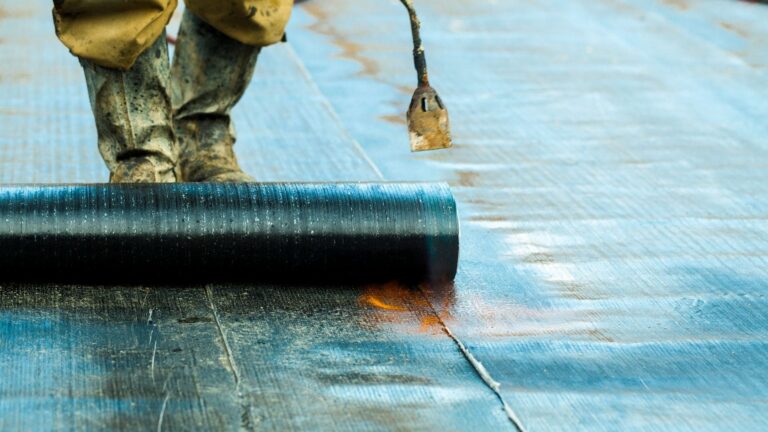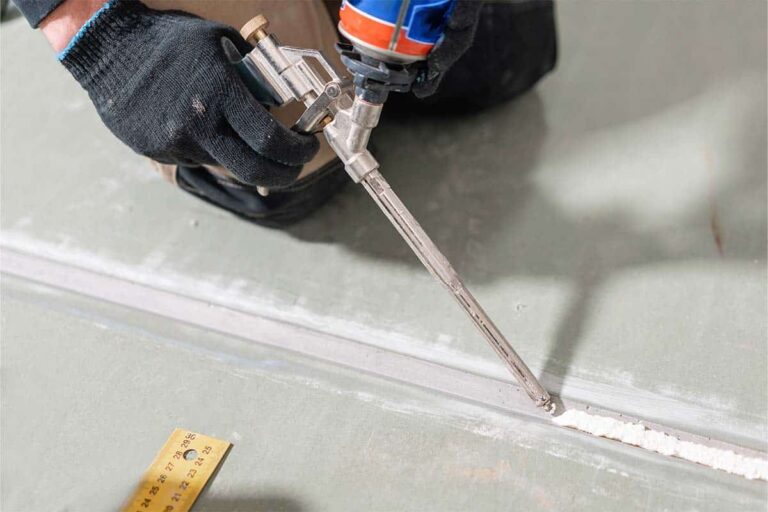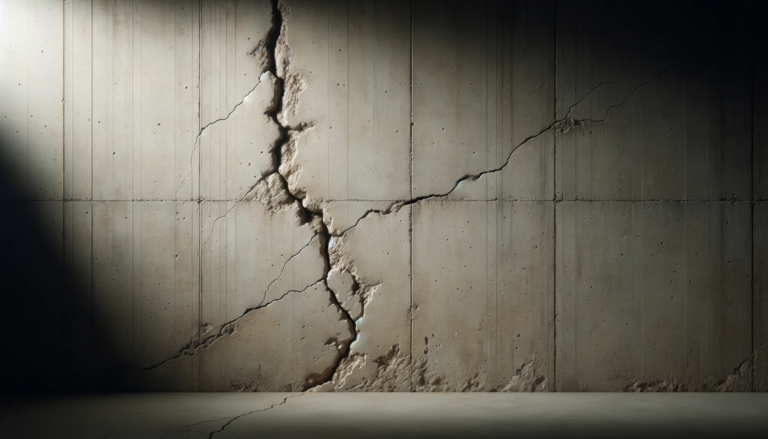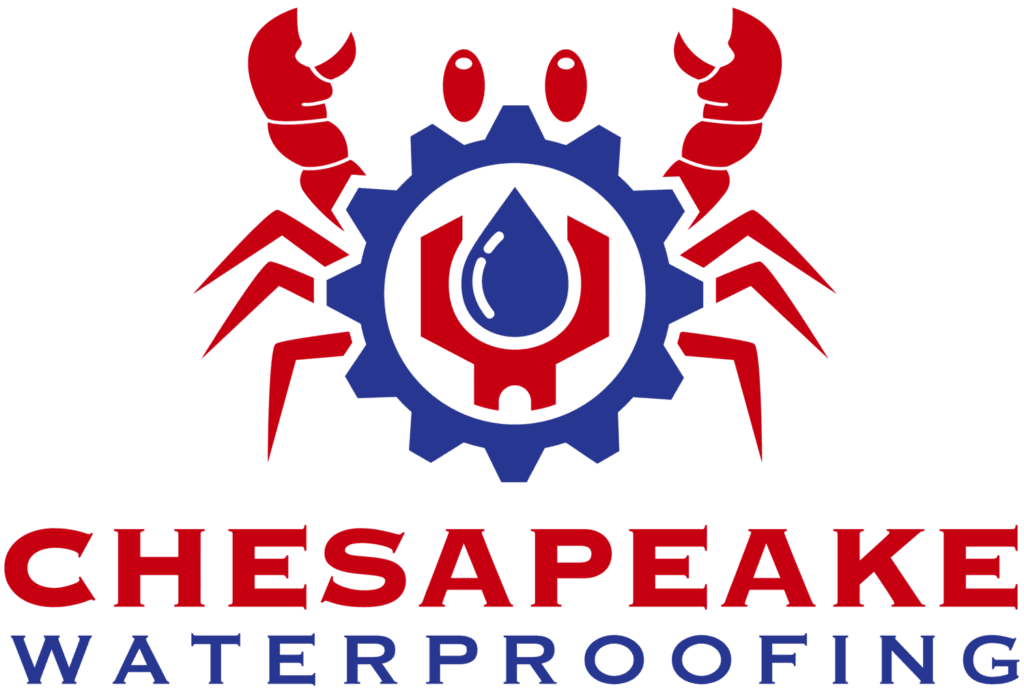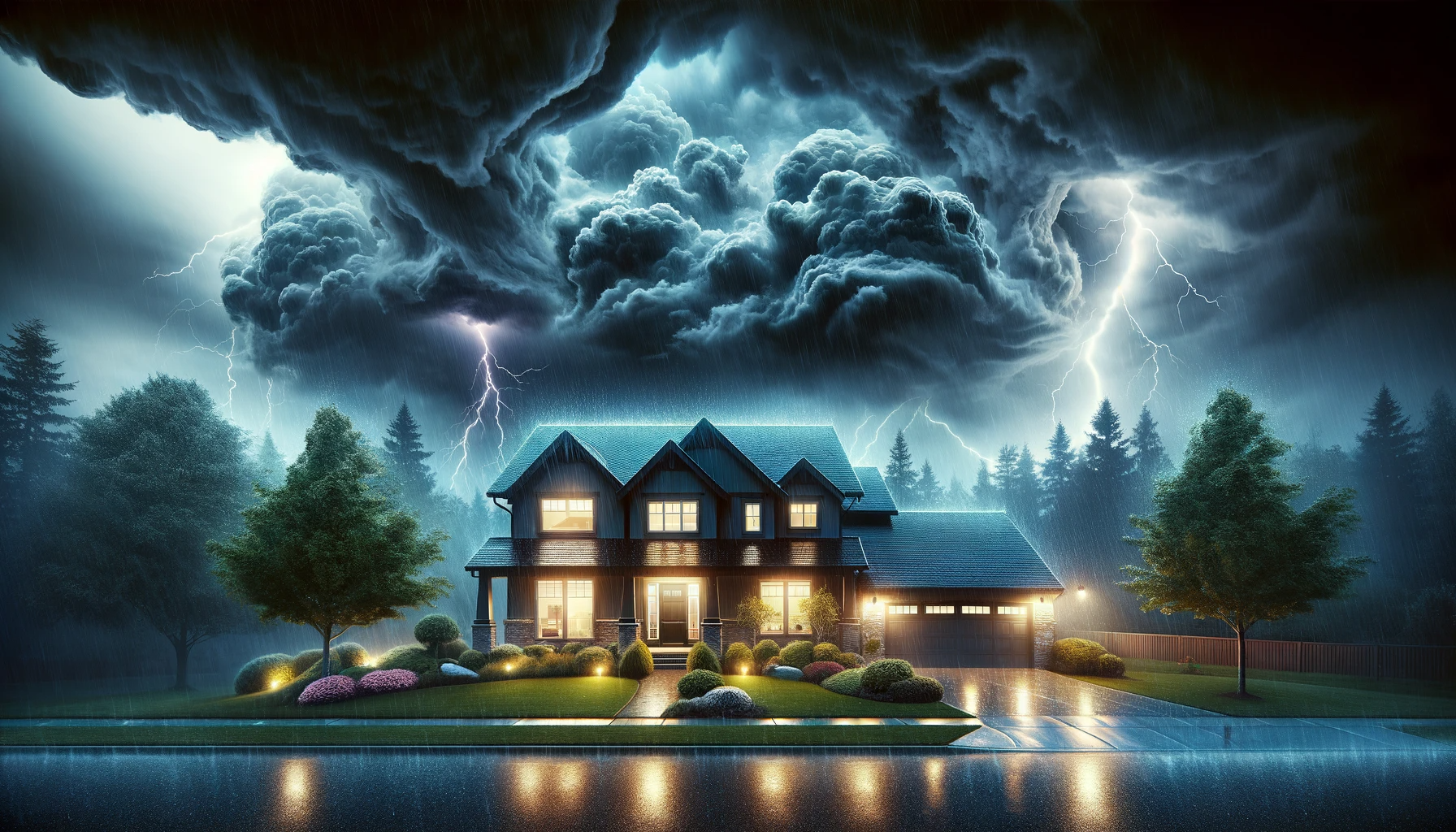
When it comes to fortifying your basement against the relentless threat of moisture, Drylok paint stands as a stalwart defender. In this comprehensive guide, we’ll explore what Drylok is, how it works, and the myriad benefits it brings to your basement waterproofing endeavors. Let’s dive into the world of Drylok and discover why it is an essential tool in the basement waterproofing process.
What is Drylok?
Drylok is a specialized waterproofing paint designed to create an impermeable barrier on interior basement walls and floors. Its unique formula incorporates cementitious materials and waterproofing agents, making it highly effective in preventing water intrusion. Drylok is available in both latex and oil-based formulations, offering flexibility to suit your specific needs.
The Benefits of Drylok Paint
- Waterproofing Expertise: Drylok’s primary function is to create a waterproof seal on your basement walls and floors. It’s specially engineered to resist water pressure and prevent seepage, even in areas prone to high humidity or moisture.
- Mold and Mildew Resistance: By forming a moisture-resistant barrier, Drylok discourages the growth of mold and mildew. This not only protects your basement’s structural integrity but also ensures a healthier living environment.
- Easy Application: Applying Drylok is a DIY-friendly process. It can be brushed, rolled, or sprayed onto prepared surfaces, making it accessible to homeowners looking to enhance their basement’s waterproofing.
- Versatile Use: Drylok isn’t limited to just basements. It’s suitable for use in various areas of your home, such as garages, and utility rooms
- Improved Aesthetic: In addition to its waterproofing capabilities, Drylok provides a clean, finished appearance to your basement walls. It’s available in an array of colors, allowing you to customize your space.
Limitations and Considerations
While Drylok paint excels in many aspects of basement waterproofing, it’s essential to acknowledge its limitations and potential shortcomings to make an informed decision about its suitability for your project. Let’s delve into some of the disadvantages associated with Drylok:
- Surface Condition Dependency: Drylok’s effectiveness relies heavily on the condition of the surface it’s applied to. For optimal results, the surface must be clean, dry, and free from cracks or defects. If your basement walls have extensive damage or structural issues, Drylok may not provide a lasting solution.
- Not a Cure for Structural Problems: It’s crucial to understand that Drylok is a waterproofing paint, not a remedy for underlying structural issues. If your basement experiences significant structural problems, such as foundation cracks or severe leaks, addressing these issues directly is imperative before considering Drylok.
- Moisture Content: Drylok should not be applied to surfaces that are constantly exposed to moisture or subject to flooding. It’s designed for controlling dampness and minor seepage, not for tackling excessive water intrusion.
- Limited to Interior Use: Drylok is primarily formulated for interior use. While it can be used on exterior masonry surfaces in certain situations, its effectiveness outdoors may be limited compared to other specialized exterior waterproofing solutions.
- Application Complexity: While Drylok can be applied by homeowners as a DIY project, it does require careful surface preparation, mixing, and application. Incorrectly applied Drylok may not provide the desired level of waterproofing.
- Reapplication Required: Over time and with wear, Drylok may lose its effectiveness. Regular inspections and potential reapplication may be necessary to maintain its waterproofing properties.
- Vapor Permeability: Drylok, once applied, forms a barrier that can affect the vapor permeability of the treated surface. This may be a consideration in certain basement applications where the wall needs to breathe.
How to Apply Drylok Paint: A Step-by-Step Guide
- Surface Preparation: Ensure your basement walls are clean, dry, and free of loose debris. Repair any cracks or defects before application.
- Priming: For optimal results, consider applying a primer designed for masonry surfaces before using Drylok.
- Application: Carefully follow the manufacturer’s instructions for mixing and applying Drylok. Typically, two coats are recommended for maximum waterproofing.
- Drying Time: Allow each coat to dry thoroughly before applying the next. This ensures proper adhesion and effectiveness.
- Rejoice in a Waterproofed Basement: Once Drylok has cured, you can enjoy a basement that’s not only resistant to water but also more comfortable and inviting.
In your quest to safeguard your basement against moisture, Drylok paint emerges as a reliable ally. With its formidable waterproofing capabilities, resistance to mold and mildew, and ease of application, it offers a cost-effective and accessible solution for homeowners. Whether you’re looking to protect your basement, garage, or other vulnerable areas, Drylok has your waterproofing needs covered. Welcome a dry, secure, and healthier living environment into your home with Drylok paint.
For more information about Drylok application, or to schedule a FREE inspection, please call (410) 881-9090, or email us at info@chesapeakewaterproofing.com!
